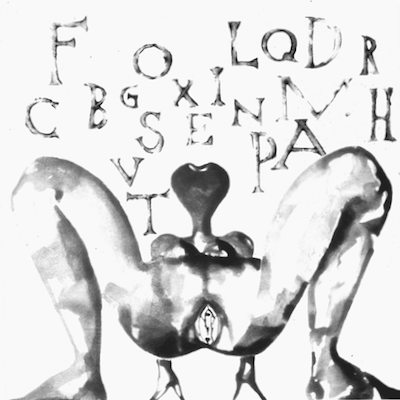
Details
Artist
Styles
multiple, 1990, polystyrene balls and printed paper on styrofoam and moulded paper, 1990, signed in pencil, numbered 14/40. in good condition. 1380 x 1895 mm. // La scala by Enzo Cucchi, created in 1990, is a minimalist mixed media piece incorporating polystyrene balls and printed paper arranged on styrofoam and molded paper. The composition is defined by a series of circular polystyrene elements arranged in a diagonal, ladder-like formation on a predominantly white background. Each ball contains a small printed paper image, creating a subtle narrative within each sphere. The stark simplicity of the layout and the limited color palette direct the viewer's focus to the textures and arrangement, invoking themes of ascent, progression, or isolated thoughts. Cucchi’s conceptual approach in this work encourages contemplation on spatial relationships and the progression of ideas or states.
La scala, 1990
form
Medium
Size
138 x 189 cm
- Inches
- Centimeters
Edition
Price
Details
Artist
Styles
multiple, 1990, polystyrene balls and printed paper on styrofoam and moulded paper, 1990, signed in pencil, numbered 14/40. in good condition. 1380 x 1895 mm. // La scala by Enzo Cucchi, created in 1990, is a minimalist mixed media piece incorporating polystyrene balls and printed paper arranged on styrofoam and molded paper. The composition is defined by a series of circular polystyrene elements arranged in a diagonal, ladder-like formation on a predominantly white background. Each ball contains a small printed paper image, creating a subtle narrative within each sphere. The stark simplicity of the layout and the limited color palette direct the viewer's focus to the textures and arrangement, invoking themes of ascent, progression, or isolated thoughts. Cucchi’s conceptual approach in this work encourages contemplation on spatial relationships and the progression of ideas or states.
What is Transvanguardia ?
Transavanguardia is the Italian version of Neo-Expressionism, referring to an art movement that emerged in Italy and other parts of Western Europe during the 1970s and 1980s. The term translates to beyond the avant-garde. Transavanguardia arose as a reaction against the dominance of conceptual art, reintroducing emotion and reviving painting as a primary medium. The movement marked a return to mythic imagery and figurative art, celebrating a rediscovery of traditional forms and themes in a contemporary context.













